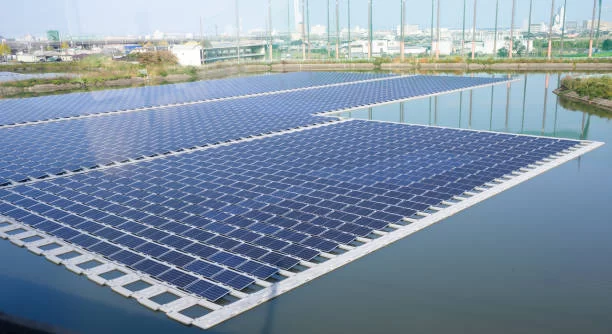Wind Turbine v Solar Panels: The Battle for Clean Energy Supremacy
In the global pursuit of sustainable energy sources, wind turbines v solar panels have emerged as two leading contenders, each offering distinct advantages and applications in the quest for clean energy supremacy. This article delves into the technologies, benefits, challenges, and future prospects of wind turbines v solar panels, examining their roles in the transition towards a greener and more sustainable energy landscape.

Introduction to Wind Turbines v Solar Panels
Wind turbines harness the kinetic energy of wind to generate electricity, typically through large rotor blades mounted on towers. Solar panels, on the other hand, convert sunlight directly into electricity using photovoltaic cells made from semiconductor materials like silicon. Both technologies have gained significant traction globally, driven by their renewable nature and potential to reduce carbon emissions.
Technology and Efficiency
Wind Turbines:
Wind turbines come in various sizes, from small turbines suitable for residential use to large-scale installations found in wind farms. Modern turbines utilize advanced aerodynamic designs and materials to capture wind energy efficiently. Offshore wind farms have also emerged as a promising frontier due to consistent and strong wind speeds over water, though installation and maintenance costs remain high.
Solar Panels:
Solar panels continue to evolve with improvements in efficiency and affordability. Innovations in solar cell technology, such as thin-film and perovskite solar cells, promise higher conversion efficiencies and lower production costs. Solar panels can be integrated into buildings (building-integrated photovoltaics) or deployed as large-scale solar farms, depending on energy demand and geographical considerations.
Environmental Impact
Wind Turbines:
Wind power is considered one of the cleanest energy sources, producing no greenhouse gas emissions during operation. However, concerns over bird and bat fatalities, visual impact, and noise pollution in local communities have prompted careful site selection and mitigation measures.
Solar Panels:
Solar energy is abundant and emits minimal greenhouse gases compared to fossil fuels. The primary environmental considerations for solar panels include land use for large-scale installations, water consumption during manufacturing, and the disposal of panels at the end of their lifecycle.
Economic Considerations

Wind Turbines:
The cost of wind energy has steadily declined, driven by technological advancements and economies of scale. Wind turbines benefit from long-term power purchase agreements and government incentives, making them increasingly competitive with conventional energy sources in many regions.
Solar Panels:
Solar energy costs have also plummeted over the years, making it one of the most cost-effective renewable energy sources. Government subsidies, tax credits, and net metering policies have accelerated solar adoption, particularly in sun-rich regions where solar electricity production can exceed demand.
Grid Integration and Reliability
Wind Turbines:
Wind energy’s variability presents challenges for grid operators, requiring backup power sources or energy storage solutions to maintain grid stability during lulls in wind speed. Advances in forecasting technology and grid management strategies have improved wind integration.
Solar Panels:
Solar energy generation correlates with peak demand periods, making it a valuable asset for grid stability and peak shaving. Energy storage solutions, such as batteries and pumped hydro, complement solar power by storing excess energy for use during periods of low sunlight or high demand.
Future Prospects and Innovations
Wind Turbines:
Future trends in wind energy include larger and more efficient turbines, enhanced offshore wind projects, and hybrid systems that integrate wind with other renewable sources. Floating wind turbines and airborne wind energy systems represent cutting-edge innovations with potential for expanded deployment.
Solar Panels:
Advancements in solar technology focus on improving efficiency, reducing manufacturing costs, and enhancing durability. Integrated solar solutions in urban environments, flexible solar panels, and advancements in energy storage technologies are poised to further drive solar adoption globally.
Conclusion
As the world transitions towards a sustainable energy future, both wind turbines v solar panels play crucial roles in reducing reliance on fossil fuels and mitigating climate change. While each technology has its strengths and challenges, the synergy between wind and solar power offers a promising pathway to achieve energy security, environmental stewardship, and economic prosperity. By leveraging technological advancements and policy support, the battle for clean energy supremacy between wind turbines v solar panels promises to reshape the global energy landscape for generations to come.

